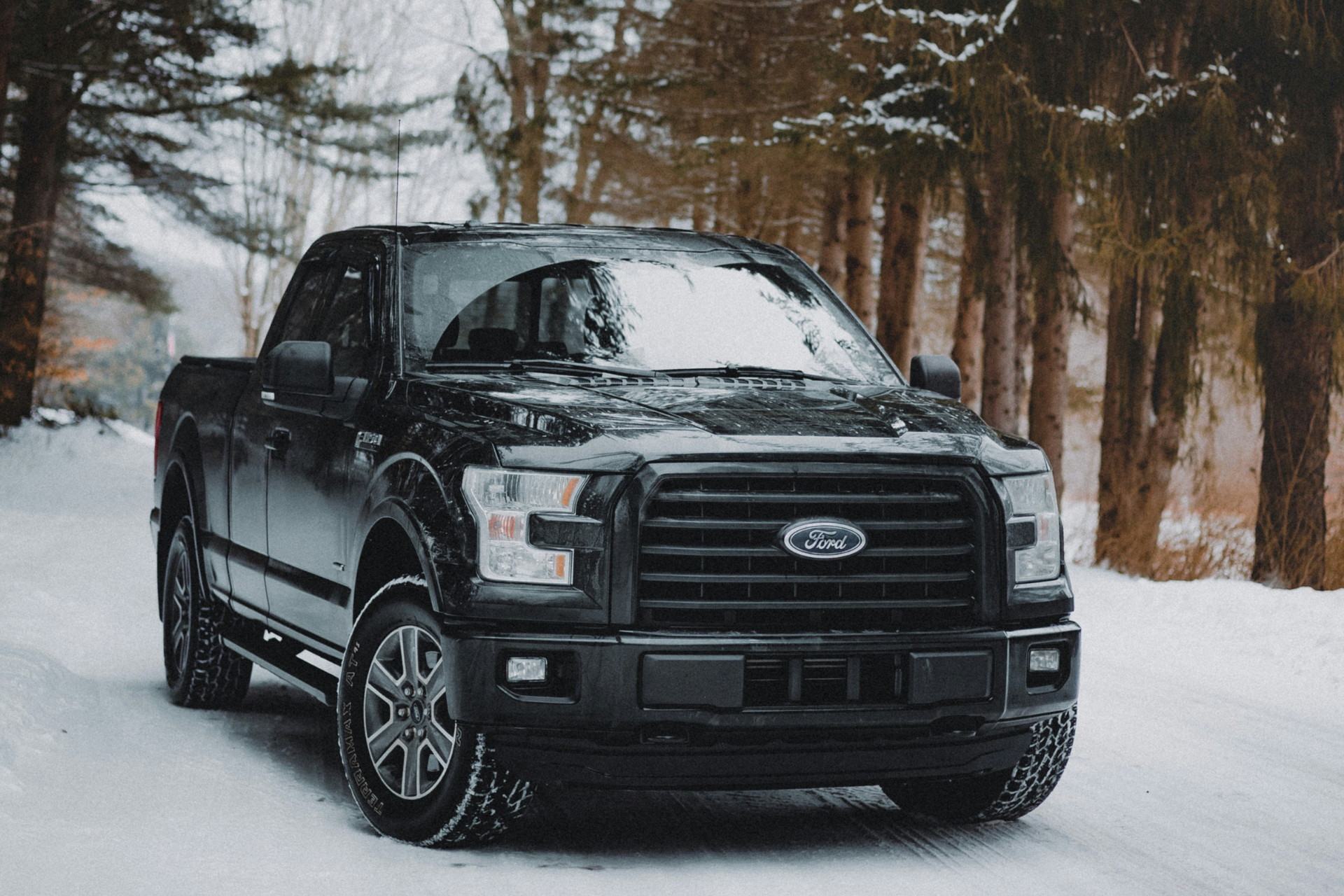When recall volume hits record levels, cross-border dealers need better tools.
By mid-2025, Ford had issued 89 recalls, breaking GM's 2014 record for most recalls in a single year—and the year was only 53% complete according to Kelley Blue Book. After briefly ranking second behind Stellantis in 2024 with 63 recalls, Ford returned to leading the industry in 2025, issuing more recalls than the next five automakers combined.
For cross-border dealers, this recall volume creates unique operational considerations.
Physical Recalls vs. Software Fixes
Unlike Tesla, which resolved 99.2% of its recalls through over-the-air updates, Ford led the industry in physical recalls in 2024—with 4.8 million vehicles requiring actual dealership visits, according to Carscoops. This distinction matters for cross-border timing. A software fix happens overnight. A physical recall means coordinating service appointments and managing vehicle availability during export windows.
Major 2024 recalls included 1.89 million Explorers for A-pillar trim issues and 552,000 F-150s needing transmission updates, according to Ford Authority. In 2025, Ford recalled over 850,000 vehicles including F-150s, Broncos, and Explorers for fuel pump failures that could cause engine stalls while driving, according to Fortune. Additional 2024-2025 F-150s, Explorers, and other models were recalled for transmission valve body issues causing unexpected vehicle movement, again according to Ford Authority. Given that F-150s represent roughly a quarter of cross-border vehicle volume, understanding recall status becomes critical for appraisal accuracy and timing logistics.
The Cross-Border Data Challenge
Recall status differs by country. A vehicle with an open recall in the US might be clear in Canada, or vice versa. During appraisal, dealers need visibility into both markets—not just where the vehicle currently sits, but where it's headed.
Manual checking requires toggling between NHTSA and Transport Canada databases, entering VINs separately, and tracking status across two systems. With Ford's current recall pace, that's an inefficient workflow that increases the risk of missed information.
Signal's platform addresses this by automatically checking both US and Canadian recall databases when you enter a VIN during appraisal or load building. Real-time status badges appear directly in your workflow, eliminating separate lookups and providing complete cross-border visibility before purchase decisions.
The Bottom Line
High recall volume across any manufacturer creates cross-border complexity. For dealers moving significant Ford inventory—particularly F-150s—having automated, dual-country recall verification isn't just convenient. It's essential infrastructure for confident, efficient cross-border operations.





